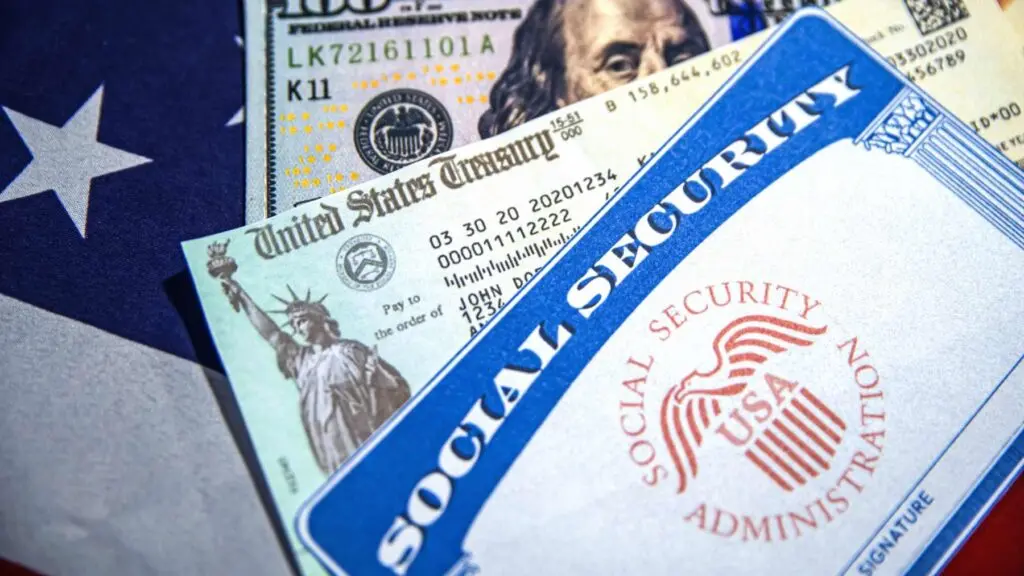The Temptation of Easy Borrowing
Debt has become so accessible that it’s easy to forget its true weight. Credit cards, buy-now-pay-later services, and personal loans make spending feel effortless, even when it’s money you don’t actually have. While borrowing can be helpful in certain circumstances—like buying a home or covering education—it becomes risky when used for things that don’t really add value. Medical bills often require borrowing, but medical debt is also a leading cause of financial distress and bankruptcy, so it’s particularly important to explore payment plans or financial assistance programs when facing healthcare costs. Impulsive borrowing for vacations, gadgets, or luxury items may provide short-term satisfaction, but it often creates long-term stress. Even arrangements like a co-signer loan, which can help someone qualify for credit they couldn’t get on their own, come with responsibilities that ripple out to others. Debt should support your future, not drag it down.
Borrowing for the Wrong Reasons
It can feel harmless to use credit for nonessential purchases. After all, it’s common and often encouraged by flashy marketing. But the danger lies in mistaking wants for needs. Necessary debt—like a mortgage or student loan—can be seen as an investment in the future. Unnecessary debt, on the other hand, usually has no lasting return. Buying designer clothes on credit doesn’t build equity. Charging a fancy dinner doesn’t create opportunity. Over time, these choices accumulate, leaving less money available for real needs and emergencies.
The Trap of Impulsive Debt
One of the most dangerous aspects of using debt for unnecessary spending is how quickly it becomes a habit. A small purchase here or there doesn’t seem like much, but when repeated, it snowballs. Interest compounds—for example, at a typical credit card APR of around 24% with monthly compounding, an unpaid $200 balance would grow to approximately $300 in about 1.7 years if no payments are made; the exact timing depends on the specific interest rate and whether minimum payments are made. The ease of swiping a card hides the true cost until it’s too late. This trap is especially damaging when people rely on debt for lifestyle inflation—spending more just because they earn more or want to keep up appearances. What feels like harmless indulgence can lead to years of repayment.
How Debt Undermines Financial Well-Being
Excessive or impulsive borrowing doesn’t just add bills—it undermines your entire financial picture. High debt means less room to save, invest, or handle emergencies. It raises stress levels and limits freedom to make choices, like switching jobs or moving. Credit scores suffer when payments become 30 or more days late and are reported to credit bureaus, which then increases the cost of future borrowing. In other words, the money borrowed for short-term pleasures ends up making long-term stability harder to achieve. Debt meant for convenience often becomes a heavy burden.
The Broader Economic Impact
Personal borrowing doesn’t just affect individuals. When many people borrow beyond their means, it creates ripple effects across the economy. High household debt can strain banks, slow down growth, and contribute to instability. For example, if too many people default on loans, lenders tighten credit, making it harder even for responsible borrowers to access funds. Impulsive borrowing, when multiplied across millions of households, can weaken the overall economy. What starts as personal decisions about debt can end up influencing national financial health.
The Power of a Repayment Plan
If you already carry debt, the solution isn’t shame—it’s strategy. A clear repayment plan turns debt from a looming stress into a manageable challenge. Organizing debts by interest rate or balance and committing to consistent payments helps reduce the burden over time. Whether you use methods like the snowball approach (tackling small balances first) or the avalanche method (focusing on high-interest debts), the key is discipline. A repayment plan restores control and gradually frees up money for more important goals.
Why Building Savings Matters
Savings and debt are closely linked. Without savings, people often turn to borrowing for unexpected expenses, whether that’s a car repair or medical bill. Building even a modest emergency fund reduces reliance on credit and prevents debt from spiraling out of control. Having savings doesn’t just cover emergencies—it provides peace of mind. Knowing that you can handle life’s surprises without immediately reaching for a credit card is one of the strongest ways to protect your financial health.
Making Debt Work for You
Not all debt is harmful. Used wisely, it can open doors to opportunities you wouldn’t have otherwise. The key difference is whether debt supports your future or drains it. Necessary and productive borrowing—like a student loan that leads to a career or a mortgage that builds equity—can strengthen financial well-being. Unnecessary borrowing for fleeting pleasures rarely does. Learning to distinguish between the two is essential to making debt work in your favor.
Conclusion: Choosing Long-Term Stability Over Short-Term ComfortDebt is a tool, and like any tool, it can be used well or poorly. Borrowing for unnecessary spending often feels good in the moment but creates lasting challenges. It undermines financial well-being, adds stress, and even contributes to larger economic problems when it becomes widespread. By borrowing only for necessary and productive purposes, maintaining a repayment plan, and building savings, you create a foundation of stability. The payoff isn’t just freedom from bills—it’s the ability to make choices with confidence and secure your financial future without unnecessary sacrifice.



















